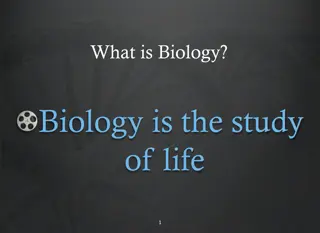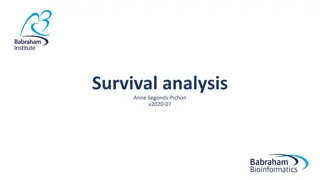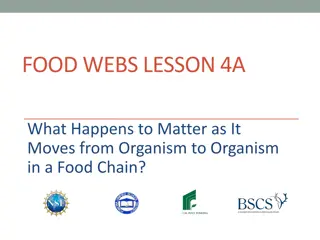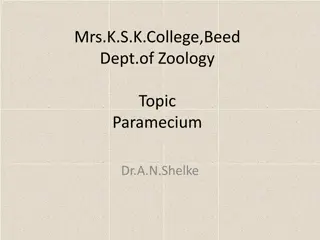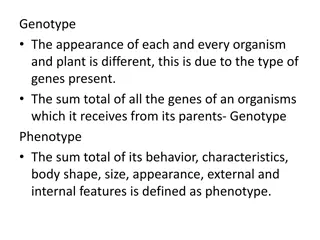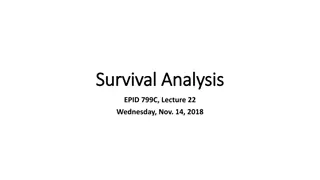Understanding Life Processes: Essential Functions for Organism Survival
Life processes are crucial for the survival of organisms, encompassing activities like nutrition, transportation, metabolism, respiration, reproduction, and excretion. These processes enable organisms to maintain proper functioning and health, essential for continued existence on Earth.
Download Presentation

Please find below an Image/Link to download the presentation.
The content on the website is provided AS IS for your information and personal use only. It may not be sold, licensed, or shared on other websites without obtaining consent from the author. Download presentation by click this link. If you encounter any issues during the download, it is possible that the publisher has removed the file from their server.
E N D
Presentation Transcript
StudyMafia.Org Life Processes Submitted To: Studymafia.org Submitted By: Studymafia.org
Table Contents Definition Introduction Types of Life Processes Differences Conclusion 2
Definition The existence of life on the planet earth is mainly based on certain functions and processes. There are certain basic vital processes, which are essential for an organism to stay healthy and to maintain the proper functioning of the body s organ systems. 3
Introduction They are necessary for survival. These basic essential activities performed by an organism are called life processes. Important life processes include nutrition, transportation, metabolism, respiration, reproduction and excretion, which help in the maintenance of living organisms. 4
Types of Life Processes Nutrition Nutrition is the process where an entity takes food and utilizes it for energy. It is a pivotal biological process that helps living beings to obtain their energy from various sources. Nutrients are the substances which provide nutrition based on body requirements. Mode of nutrition varies from one species to another. All green plants exhibit autotrophic nutrition as they synthesize their food by the process of photosynthesis, using light, carbon dioxide and water. 6
Types of Life Processes Transportation Transportation or transportation system in plants and animals are entirely different. In animals, transportation is carried out through the circulatory system. This system includes the heart, blood, and blood carrying blood vessels. Plants have particular tissues called vascular tissues for the conduction and transportation of materials throughout the plant parts. Vascular tissues include xylem and phloem. 7
Types of Life Processes Metabolism Metabolism is the chemical process in which different types of chemical reactions are involved in controlling the living state of the cells in an organism. It is broadly classified into catabolism and anabolism. Catabolism: The metabolic process in which energy is released. Anabolism: The metabolic process in which energy is stored for further requirements. 8
Types of Life Processes Respiration Respiration includes the exchange of gases as well as the burning of food. Animals have a well-defined respiratory system for respiration. In the process of respiration, glucose is broken down to extract energy. It is a redox reaction which can take place with or without oxygen and takes place in the mitochondria of the cell and releases energy in the form of ATP. 9
Types of Life Processes Reproduction The biological process of reproducing their own offspring determines the continuity of species, generation after generation. The basic types of reproduction are sexual and asexual reproduction. Sexual Reproduction: The process of reproducing their own offspring by the involvement of the two parents. Asexual Reproduction: The process of reproducing their own offspring by the involvement of a single parent. 10
Types of Life Processes Excretion Elimination of toxic waste substances from the body is called excretion. There are various modes of excretion and it generally differs with the different types of living species. Plants have different modes of excretion. The oxygen during photosynthesis and carbon dioxide during respiration are given out through a structure called stomata. Excess water is removed by transpiration. They shed dead cells and even plant parts like leaves 11
Differences 12
Differences 13
Conclusion We all know that every life processes of life is diversified. Some life processes includes the method of excretion, process of respiration, and nutrition, blood circulation. Reproduction is also the main life process of every living organisms. Reproduction helps in continuation of existence of life. 14
References Google.com Wikipedia.org Studymafia.org Slidespanda.com
Thanks To StudyMafia.org




